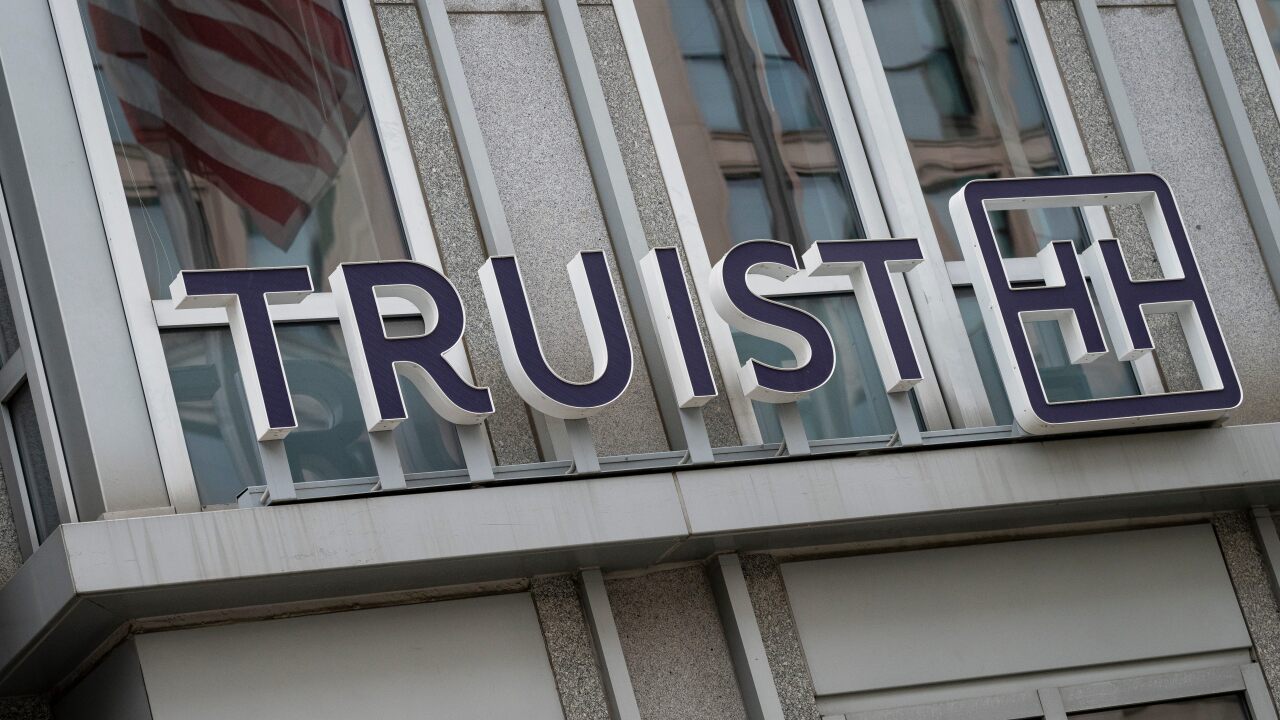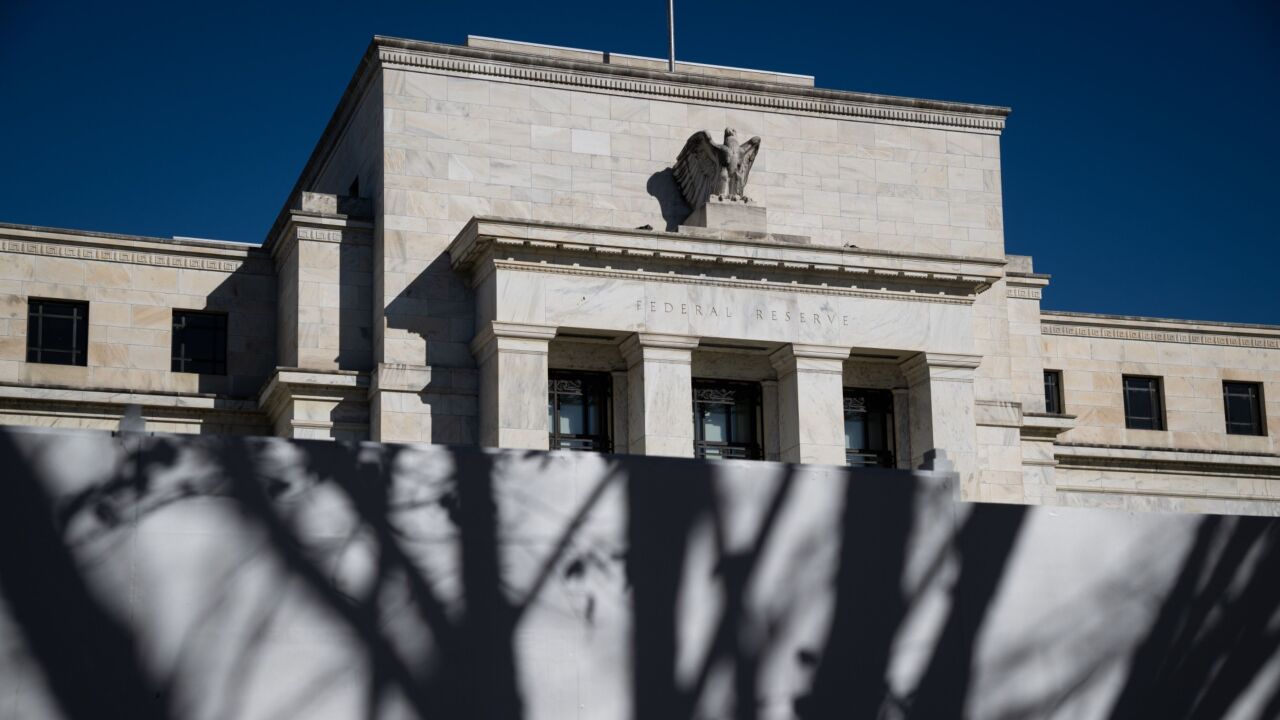Even with the prevalence of mobile P2P apps like Venmo and Square Cash, consumers still turn to cash, checks and PayPal most often to pay one another.
A large, untapped market for converting paper to electronic or mobile payments exists, considering U.S. households made more than $1.2 trillion in P2P payments across 6.6 billion transactions in 2014, according to a recent Aite Group study.
"The research shows that cash is still king, though declining when you compare this to our 2010 report on the same topic," said Julie Conroy, research director of Aite's retail banking team.
Seventy-one percent of consumers surveyed said they used cash to give money to another person, most often for events like birthdays, Christmas, buying goods from someone else or splitting restaurant bills. In 2010, that number was 84%.
Banks, PayPal and other P2P payment providers still have an opportunity to educate consumers about how to use the electronic methods of moving funds, Conroy said. "It's an education challenge not unlike EMV, actually," she said.
Banks have not slowed down their ambition for P2P, especially the larger banks that make up the clearXchange P2P venture, which is being combined with the banks'
In compiling the research, Aite surveyed 1,724 U.S. consumers during the second quarter of 2015 about their 2014 behavior.
Paying by check was the P2P method of choice for 56%, while 49% said they used PayPal and 39% cited online banking. By contrast, Square's dedicated P2P option came in at only 6%.
Eighty-six percent of younger millennials used cash for P2P, compared to 77% of older millennials.
Millennials were most likely to use PayPal next at 62% of younger and 58% of older. Fifty-eight percent of younger millennials said they still used checks, while 53% of older millennials still wrote checks for P2P payments. The age range for millennials is generally considered people born from 1982 to about 2004.
"We were surprised at the extent to which millennials are still using checks," Conroy said. "The myth out there is that millennials don't even know what a check is, but this research shows they are actively using them, though they probably prefer not to."
Generation X, or those born between the early 1960s and early 1980s, also used cash most often, at 73%, with PayPal at 56% and checks at 55%.
Baby boomers, those born in the post-World War II years, also use cash the most at 64%, but they also write a lot of checks, at 54%, while 40% said they had used PayPal.
Senior citizens remain the most prolific check writers, with 69% saying they use checks and 64% using cash. Online banking was also popular at 32%, while 29% said they had used PayPal.
The research also confirmed that millennials have a bias toward mobile transactions, especially compared to other generations, with 40% saying they used a mobile P2P method in 2014, Conroy added.
Electronic and mobile P2P payment methods combined for 50% of the transaction volume and 51% of spending volume in 2014, indicating the shift away from paper continues to grow. When 49% of respondents said they had used PayPal, it marked a significant increase over the 15% who used the service in 2010.
When P2P payment methods shift more to the electronic payment side of the equation, it is likely to trickle down to less need for banks and merchants to handle cash.
Cash is more expensive than all other payment methods for larger merchants, according to past Aite Group research, Conroy said.
"The enablers of P2P payments also stand to gain — the banks, payment networks and payment vendors," Conroy added. "And consumers benefit as the payment methods become more convenient and ubiquitous."





